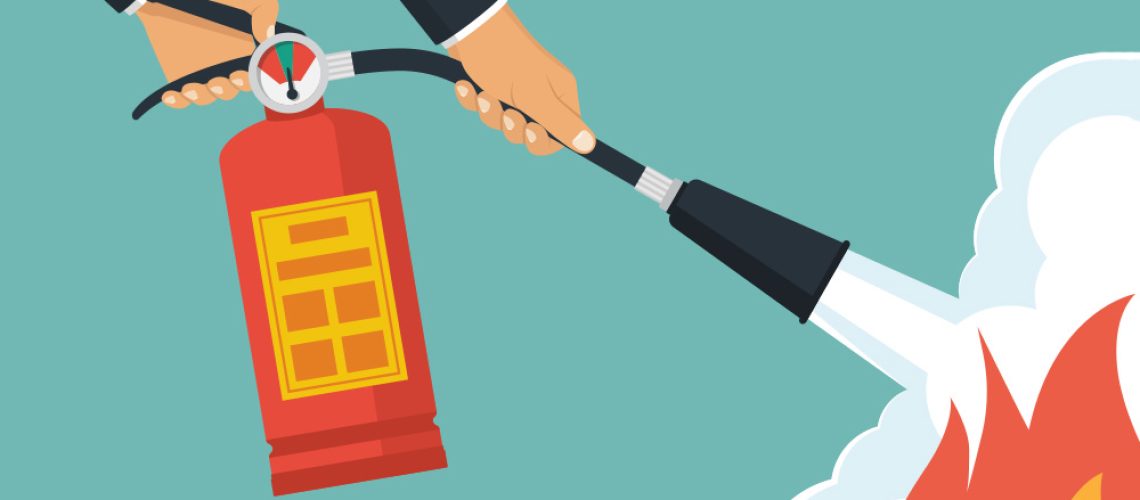The implications of a fire at a workplace are significant. Loss of revenue, lost production time and damage to assets is insignificant compared to loss of life.
Your problems will be significantly compounded if you have not instituted proper fire safety.
Not only will insurers not make payment but as the person responsible for the lack of fire safety, you can be held criminally and civilly accountable for the loss of life.
LabourNet can minimise your risk exposure
LabourNet’s specialized OHS consultants can assist you to be legally compliant with fire safety requirements and to implement the following measures to improve fire safety at the workplace:
1. Fire risk assessment
A fire risk assessment should be carried out regularly on your business premises to identify what you need to do to prevent fire and keep people safe. This should also include the preparation of an emergency evacuation plan and the provision of training.
2. Fire detection and alarm
systems
The fire alarm system will depend on the structure of the building, its purpose and fire safety legislation for your premises.
3. Emergency lighting
Sudden darkness can be dangerous to occupants of a building and if your main power supply is cut and normal illumination fails then emergency lighting should take its place. Emergency lighting should operate automatically and provide illumination of a sufficiently high level to enable all occupants to evacuate your premises safely.
4. Fire extinguishers
Companies are required to conduct a survey to ascertain the number and type of extinguishers needed in their business premises. Extinguishers should be near escape routes on all floors and fixed in a position where they can be reached quickly. Extinguishers should be serviced annually by a professional fire protection company.
5. Fire doors
Fire doors slow down the spread of fire and smoke and therefore save lives. They are an important element of escape routes and should be kept in good condition and free from obstruction.
6. Signage & escape routes
South African Bureau of Standards-approved signs must be used and these need to be simple and easy to interpret for everyone. The signs need to be placed in strategic areas around the building and the exit signs should clearly mark the course that must be taken in the event of a fire.
7. Emergency drill
The purpose of an emergency drill is to make sure every employee understands how to get out of the building in an emergency and what to do when they get outside. To run effective emergency drills, you need to track how quickly every employee can exit and meet at the proper location, and then improve your time during the next exercise. These should be conducted at least twice per annum.
8. Assembly point
Evacuation assembly points should be established for use in the event of an emergency, They should be positioned away from areas that may be affected by fire and not obstruct access for the fire and rescue services.
It is essentially that you and your business take these points very seriously and that the minimum requirements are implemented at all times. LabourNet has highly trained and knowledgeable consultants who can ensure that your business is not just compliant but ready and able to deal with a fire emergency.
For more information call Robert Niemand, Managing Director: LabourNet Eastern Cape (Pty) Ltd, on 041 373 2994 or 082 824 7359. He may also be emailed on robertn@labournet.com

